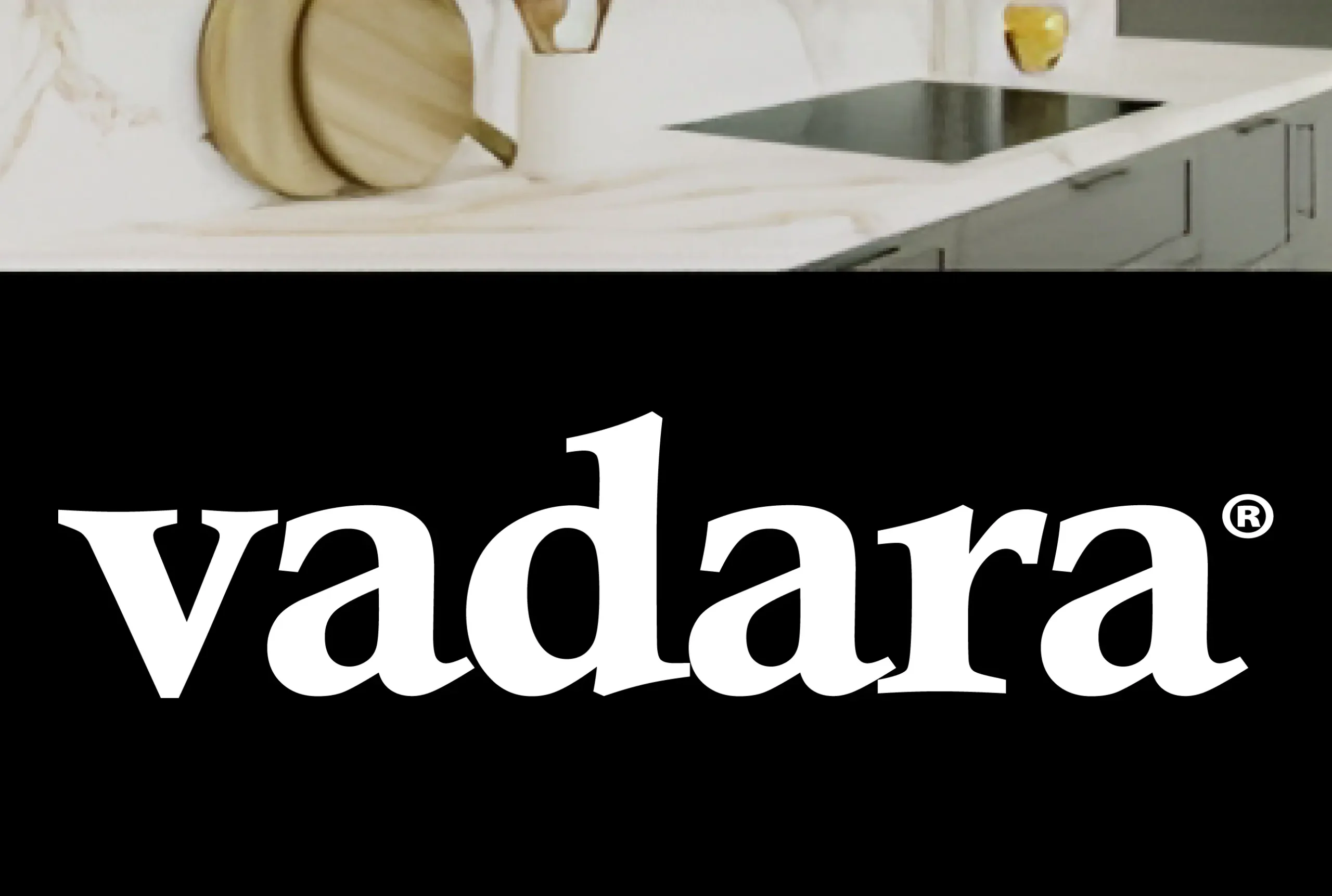Stained-glass work is an art form that takes more than simply know-how to complete. In this detailed guide, we’ll show you the seven essential pieces of equipment that stained-glass builder needs. Each instrument, from saw to soldering iron, is essential to the realization of your creative idea.
Every Cut Is Perfect With This Glass Cutter
The glass cutter represents the first stroke of the artist’s brush when working with glass. It’s more than just a tool; it showcases the artisan’s mastery. Think about the specifics of your job before deciding on a glass cutter. A cutter with a diamond tip will last longer and cut more precisely, making it ideal for detailed work. Both the cutter’s weight and the grip’s shape are important, as they influence how easily you can swing the tool. Think of the finished item taking shape in your mind with each careful stroke of the glass as you score it.
The Soldering Iron: The Fusion of Art and Science
The soldering iron is the enchanted wand in the world of stained glass guru, fusing disparate elements into a coherent whole. Choose a soldering iron with a temperature gauge if you plan on working with a variety of glasses. The precisely applied heat makes for a flawless fusion that ultimately forms a strong bond. As the molten solder pours, it wraps the edges, connecting the parts in harmony. It’s more than a device; it’s the magic formula for assembling a masterpiece from disparate parts.
Glass Grinder: Sculpting Hope One Particle at a Time
After the glass has been cut, it is sent to the grinder to be smoothed and shaped. Stained-glass equivalent of the sculptor’s chisel. A high-quality glass grinder will have multiple grit settings, allowing you to go from rough to fine with ease and producing flawless edges every time. As the rough edges are ground away, the grinder’s hum transforms into a symphony. It’s the instrument that allows artists to experience the pleasure of working with their hands.
The Invisible Force of Foil Stained Glass
Unsung hero: foil-stained glass, which provides a protective husk for the soldering process by wrapping around the edges. Choosing the appropriate foil width is as structurally and aesthetically significant as choosing the appropriate frame for a painting. In addition to protecting the glass, your meticulous application of the foil also establishes the limits of your creative vision. It’s the cherry on top that makes your work both beautiful and sturdy.
Careful Production of Protective Equipment
Security is the silent partner in the creative dance. Wearing safety glasses, gloves, and maintaining enough ventilation in the workplace are not luxuries, but rather prerequisites. You can trust them to keep you safe and sound on your artistic trip. Let your protective gear act as a silent guardian as you immerse yourself in the creative process, so that you may give your full attention to the art at hand.
Architectural backbone of stained-glass
For those who prefer a classic touch, lead came is the architectural backbone of stained-glass installations. Its malleability enables complex patterns, and its durability ensures stability. It’s more than just a framing material; it acts as a silent curator to improve your artwork’s overall presentation. If you’re looking for beauty that will last through multiple artistic eras, lead came is the way to go.
Accurate Cutting with Pattern Shears
Pattern shears are the director of the delicate dance of stained glass cutting, directing each move with pinpoint accuracy. Cutting complicated patterns is a breeze because to their sharp blades and comfortable designs. With each snip, you’re not just molding glass; you’re sculpting the entire soul of your artistic idea. Pattern shears are the unsung heroes, ensuring that every detail matches with your artistic goal.
Conclusion
The process of making stained glass is like composing a symphony, and the tools are the instruments used. The glass cutter is used first, and the pattern shears are used last. Each tool has a distinct purpose. Stained-glass artists transcend the mundane by blending safety, precision, and artistic skill to create works of lasting beauty.

Author Bio: Ashley Brown, a distinguished content writer and recognized authority in the realm of stained glass, is widely acknowledged as the Stained Glass Guru. With a passion for craftsmanship and a keen eye for detail, Ashley brings a wealth of expertise to her writing, seamlessly blending artistic appreciation with insightful industry knowledge.











